
Aw yeah, Orion! We thankfully got good news about the second attempt to launch NASA's Orion spacecraft. Originally scheduled for Too Damn Early AM PST Thursday, the delayed launch today (at Still Too Early AM PST) went off beautifully.
If you're even generally into science, or just movies with a lot of spaceships and lasers, the Orion project should pique your interest. Its success is a key stepping stone towards building the most powerful rockets in history, capable of taking us ungrateful bipeds past the moon, to asteroids and eventually Mars. The thing itself is a mix of new and old technologies, and it's absolutely massive. Reminiscent of the Apollos of yore, this new space explorer is based on super powerful Delta IV Heavy rockets with the "Orion Multi-Purpose Crew Vehicle" perched on top. No crew today, but after proving itself it will seat 4 for future deepspace explorations.
 I want to believe.
I want to believe.
Thursday morning the lift-off was stalled by wind, misbehaving valves, and (somewhat surprisingly) a nosy boat. But even without leaving the pad, the security checks still yielded good information about the monitoring and powering systems. Today's launch showed that the setup worked very well, delivering the capsule into orbit a whopping 3,600 miles above Earth, passing through the intense radiation band of the Van Allen belt, making two orbits and a perfect on-target splash down off the coast of Baja. Vitally, it survived both lift-off (a traditionally explosive point), and a blistering 4,000 degree Fahrenheit reentry.
(more...)
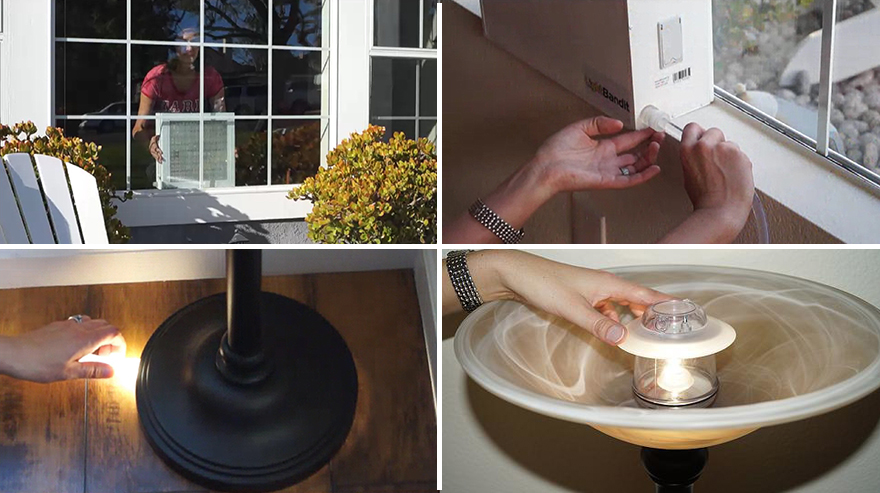


 Indus designers create a clay model for a hiking stick handle that allows for multiple, ergonomic grips.
Indus designers create a clay model for a hiking stick handle that allows for multiple, ergonomic grips.
 Shrink wrapped trees and glued bark
Shrink wrapped trees and glued bark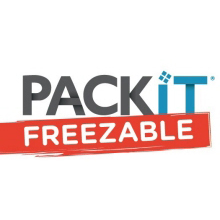
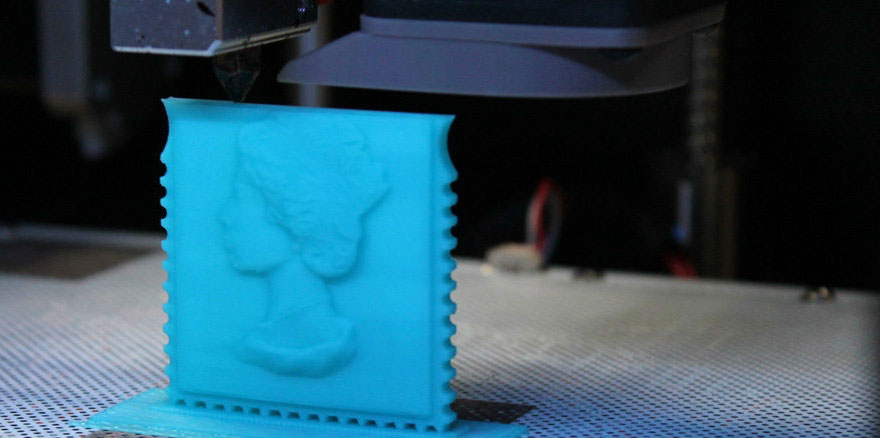
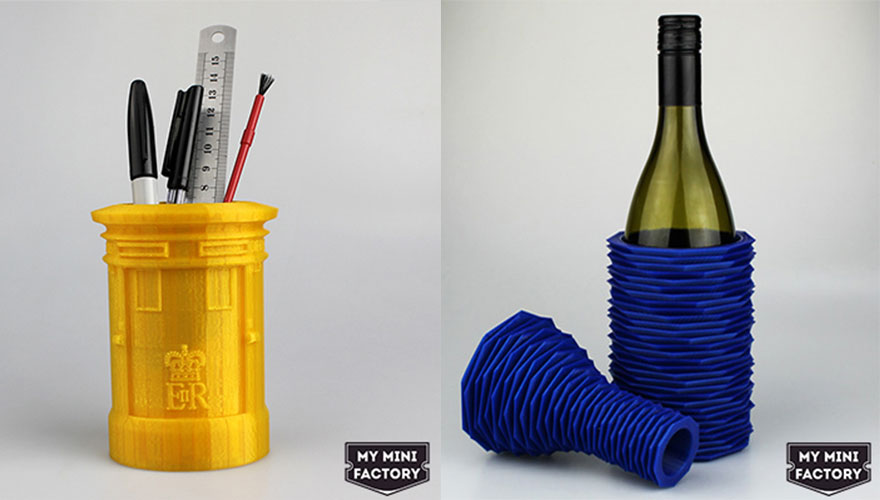
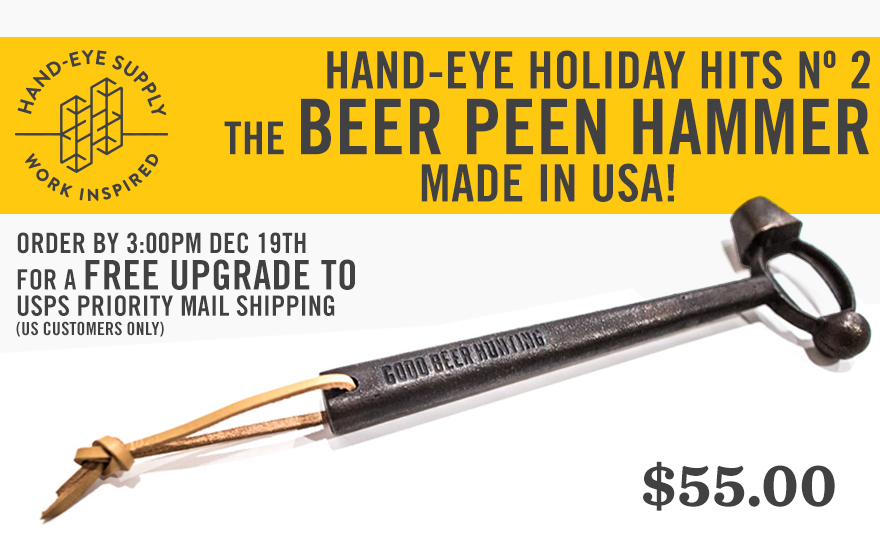




 Jeff Kowalski, Chief Technology Officer and SVP, Autodesk
Jeff Kowalski, Chief Technology Officer and SVP, Autodesk

 The Ford 2005 Mustang GT and the Ford 2015 Mustang GT350 wow Craig every time.
The Ford 2005 Mustang GT and the Ford 2015 Mustang GT350 wow Craig every time.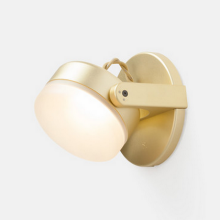
 Portrait by Peter Krejci
Portrait by Peter Krejci Doshi Levien's
Doshi Levien's  An early sketch for Almora (left) and the first model of the chair
An early sketch for Almora (left) and the first model of the chair












